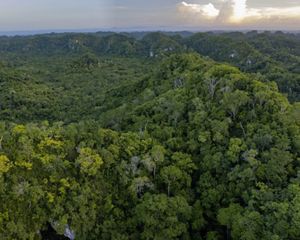
The Nature of Resilience
Discover 10 communities finding ways to thrive in a changing climate.
The water flowing from your tap, the air you breathe: whether you notice it or not, nature is part of your life, every day.
Its benefits extend far beyond the personal, too. Nature underpins our food systems and supports over half of our global economy.
And as we contend with the growing threats posed by climate change—from wildfires and heat waves, to storms, droughts and floods—so does nature. Our futures are intimately connected.
The communities thriving today are those that work with nature to adapt to a changing climate (in the conservation world, we call this climate adaptation). By building resilience in their environment, these 10 communities around the world are also strengthening their connections with one another.
Watch: How Nature Helps Us Adapt to Climate Change
Support Our Work
The power to protect and restore nature—now and for the next generation—is in your hands. Do your part to create a more sustainable future for our planet.
Cooling Neighborhoods with Nature—From Texas to Germany
One of the deadliest impacts of climate change is the least visible one: extreme heat. Unfortunately, the way we build cities amplifies already-rising temperatures with heat-trapping concrete and heat-generating cars. But nature can help communities build climate resilience.
In Gulfton, a neighborhood in southwest Houston, Texas, trees alone can lower pavement temperatures by as much as 30°F with their shade. That makes a big difference in the city’s hottest neighborhood, where sidewalks can get up to 135°F. Gulfton neighbors are organizing to bring more green into their community through solutions like “cool corridors” of tree plantings along transit routes, pollinator gardens and a major redevelopment of the neighborhood’s largest park.
Across the pond, Stuttgart, Germany is forecast to become one of the country’s hottest cities. Here, community members are working to reduce temperatures with creative projects like converting unused parking spots to miniature green spaces and turning outside walls of public buildings into vertical gardens. TLDR? More green = cooler places to live, in every sense of the word.
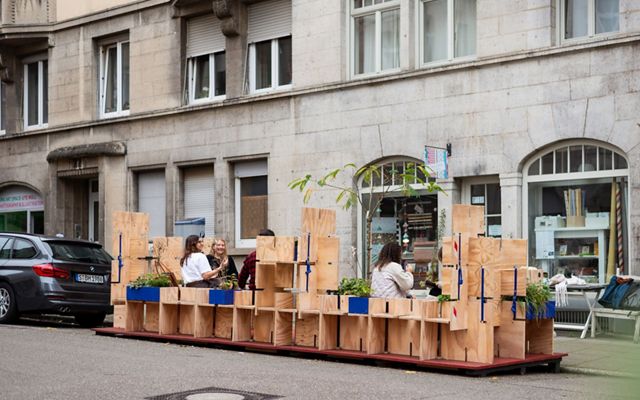
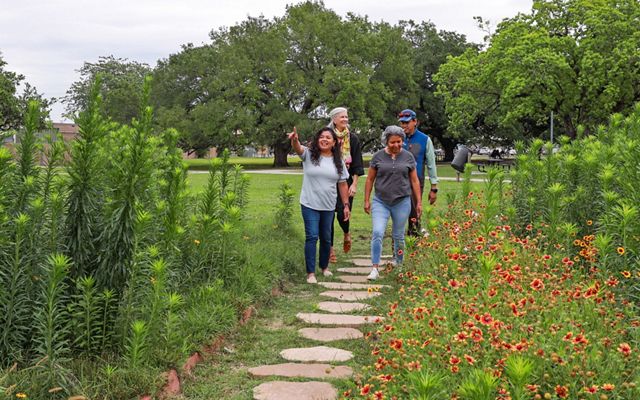
Building Smart, Supporting Local in Grenada
Super-charged weather, on the other hand, is one of the most recognizable signs of a changing climate. Increasingly severe storms and rising tides are a threat to local economies, particularly those that depend on the water, like that of Soubise, St. Andrew, Grenada. This Caribbean Island community is predominantly centered on fishing; the industry provides employment, income and food security to locals and the entire island’s residents.
To make small-scale fishing safer and more resilient to a changing climate, the community’s fishers teamed up to design a solar-powered, rainwater-harvesting fishing facility with a stabilized shoreline and restored, thriving coastal habitat.
Managing Fire Country in Australia
The rising temperatures and irregular weather patterns brought by climate change can also increase the risk of destructive wildfires, especially in places where fire suppression has led to the buildup of dried out leaves, needles and sticks. Regular controlled burns clear out this fuel, while also nourishing soils and opening tree canopy for more growth.
This is the way the Ngarinyin people managed their lands across Wilinggin Country, Australia, for generations. Today, more than 40 Indigenous communities like the Ngarinyin are bringing back traditional burning practices that shaped landscapes over generations, resulting in safer communities, healthier nature and climate resilience.
Quote: Donald Campbell
Fire is very important for Wilinggin Country. In my language, we call it Wudu.

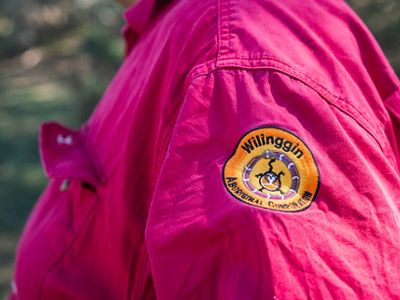
Protecting the Power of Trees in Borneo
Land management in the rainforest looks a bit different than in the outback. In Borneo, home to one of Earth’s largest rainforests, the goal is to keep more trees standing in the face of illegal and unsustainable logging. Here, members of rural villages are stepping up as trained Forest Guardians. With an intimate knowledge of their environment, Forest Guardians can patrol Borneo’s protected forests and monitor illegal clearing or poaching.
This on-the-ground data then helps enforce laws aimed at protecting forests. In this way, community members are helping Earth regulate its climate while keeping their wildlife neighbors—endangered orangutans, elephants and rhinos—safe.
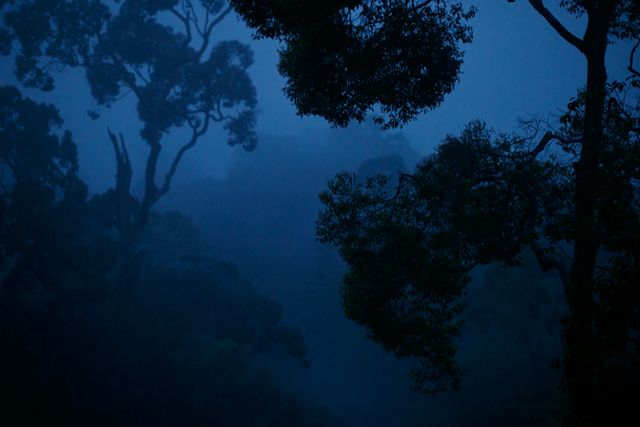
Growing Food Forests in Brazil
Food production has changed our planet more than any other human activity, accounting for 1/3 of all greenhouse gas emissions. But it doesn’t have to be that way. On Rosely Dias’s farm, you’ll see a different paradigm at work. Instead of flat fields of soy or corn like you might expect, a forest of native fruit trees stretches wide, sprouting bananas, cassava and cocoa.
Rosely is one of more than 600 families in the Brazilian Amazon who are growing trees for food, instead of cutting them down to graze cattle. Plot by plot, these small family farmers are saving the Amazon rainforest and growing climate resilience by nurturing some of nature’s best carbon sinks.
Quote: Rosely Dias
I thought about giving up my land until I discovered I could work with nature as my partner and not my enemy. That’s when everything changed.
Swapping Crops for Water—and Beer—in Arizona
Agriculture also accounts for 70% of all freshwater usage. But climate change is making water cycles unpredictable, even as demand for food rises. Farming needs solutions that use less water and produce more food. The Hauser family is showing one way to work with nature in their fields along Arizona’s Verde River—a lush ribbon of green in the wide-open desert.
By swapping thirsty alfalfa for drought-tolerant pecan trees and water-efficient malt barley, the Hauser family is saving more than 78 million gallons of water annually and supplying their community’s bustling breweries thanks to Farm Bill funding. That’s a climate adaptation we can all raise a glass to.

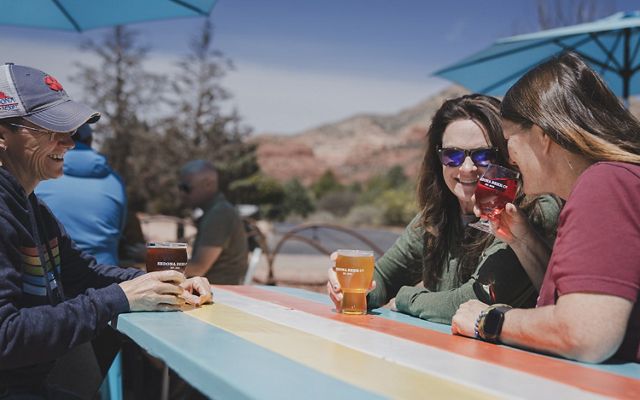
Restoring Native Habitats in South Africa
Crops aren’t the only thirsty plants that can threaten water supplies. Cape Town, South Africa came dangerously close to running out of water in 2018. Among the many causes of the drought was the spread of invasive trees like pine and eucalyptus, which use huge amounts of water compared to the natural plants—reducing the amount available for people in and around Cape Town.
Removing these thirsty invasives is a major part of the Greater Cape Town Water Fund. As of October 2023, water fund teams have cleared more than 46,000 hectares of invasive trees. This recovers about 15.2 billion liters of water per year, or 42 million liters per day. The program has also created new sustainable jobs for residents.
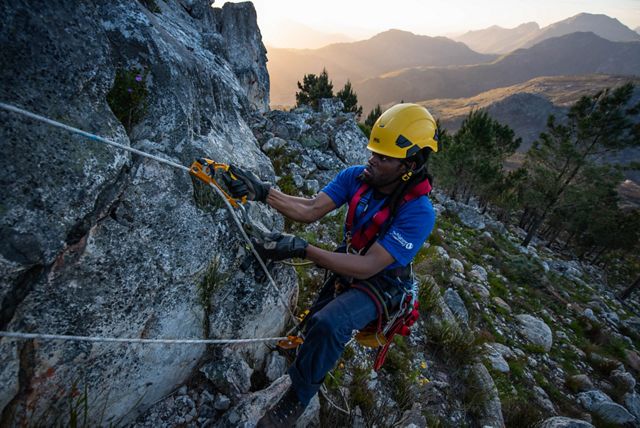
Preserving Cultural Connections in Ecuador
Protecting and restoring nature can help preserve cultural ties as well as natural resources. The Waorani and Kichwa communities have long relied on the connected waterways of the Ecuadorian Amazon for sustenance, livelihoods and a way of life, all of which are now threatened by severe drought and pollution from illegal mining and deforestation.
Indigenous communities in the region have joined forces to protect 1,155 miles of the Nushiño, Curaray, and Villano rivers, which connect with a nearby national park to create a complete, protected freshwater corridor long into the future.
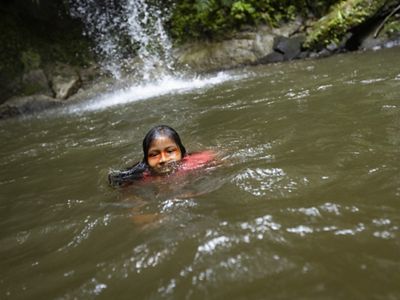
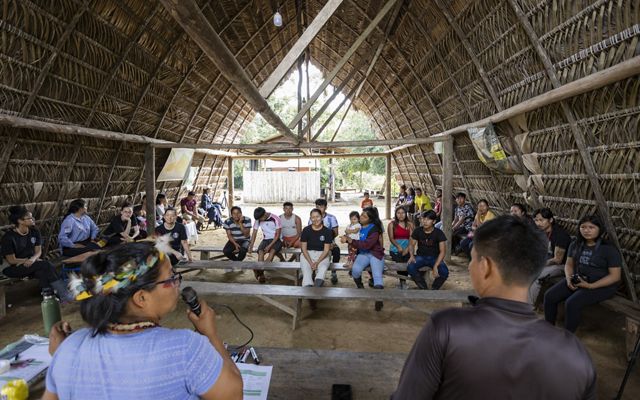
Shelling Out Climate Solutions in the Eastern United States
Bryan Rackley has grown—and served up—more than a million oysters at his restaurant in Decatur, Georgia. All those used shells are now the foundation of restored wild oyster reefs along the state’s Atlantic coast. Each recycled shell can support up to 20 new oysters that will grow to filter water and protect Georgia’s coastal communities from storm surges.
By telling his story of climate resilience alongside other members of the Shellfish Growers Climate Coalition, Bryan advocates for smart climate policy that can continue supporting his industry—so his industry can continue supporting the climate.
Quote: Bryan Rackley
I can’t tell my six-year-old that we singlehandedly saved the world, but I can at least say that we’ve done something.
What all these stories have in common is that they show we can do so much more than just react to climate disasters as they happen around us.
By working with nature and each other, we can proactively strengthen our communities—now and for the future.
Sign up for Nature News
Subscribe to our monthly newsletter for more solutions for people and nature.


